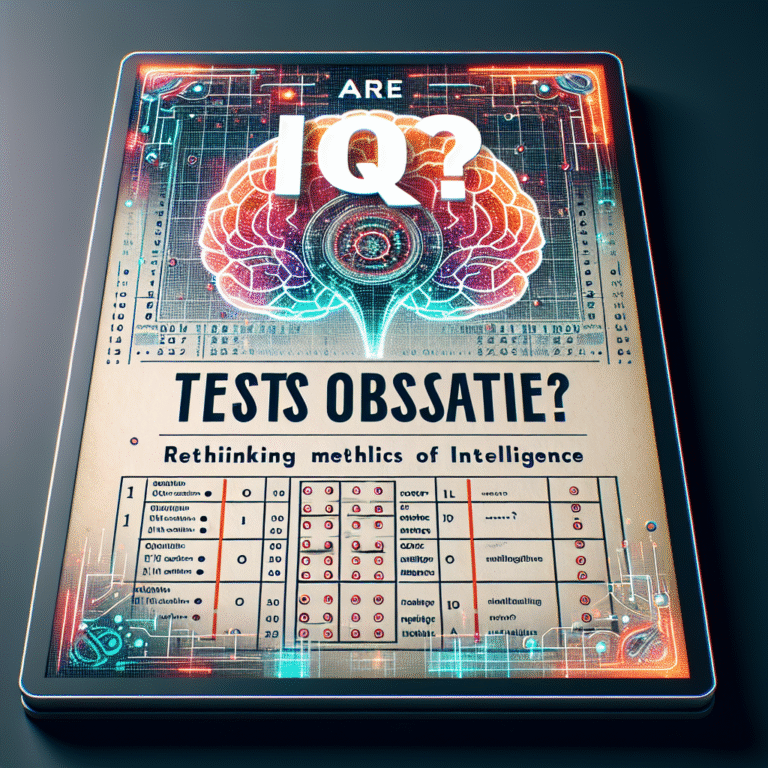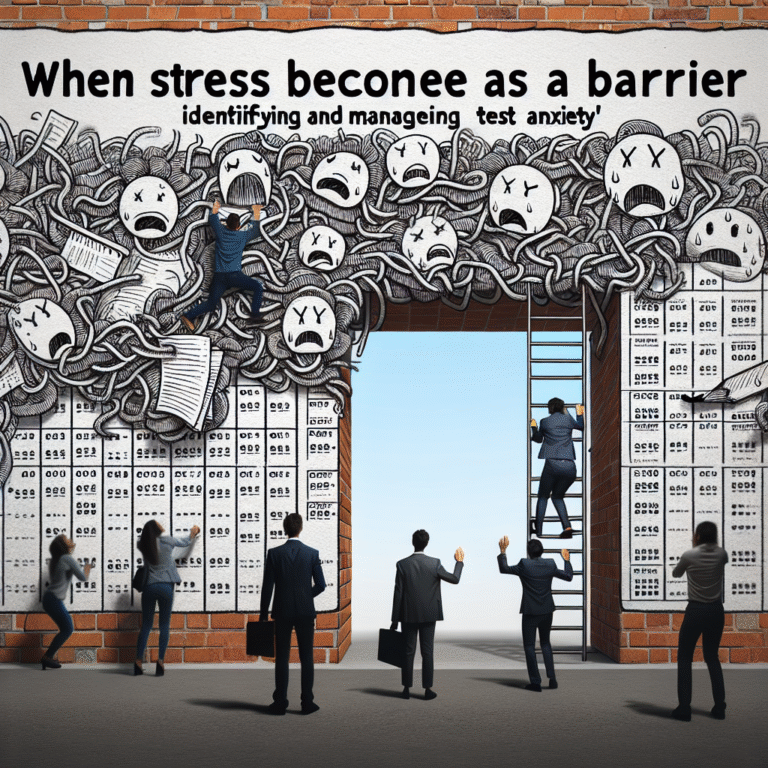
Introduction
In the landscape of education, the concept of feedback can often be overshadowed by the sheer volume of grades and test scores. Yet, understanding the crucial role of feedback that matters is vital for educators seeking to enhance learning outcomes. It’s not just about what students know; it’s about how they learn. Feedback drives improvement, motivates students, and ultimately cultivates an environment where learning thrives. In this comprehensive guide, we will explore the indispensable strategies related to feedback that matters, demonstrating how they can be effectively implemented in the classroom.
Understanding Feedback That Matters
Defining Effective Feedback
Before delving into implementation strategies, it’s essential to define what constitutes effective feedback. Feedback that matters is timely, specific, actionable, and framed positively. It focuses not only on what students did wrong but also on what they can do to improve. This makes it more impactful, fostering a growth mindset rather than a fixed one.
The Importance of Feedback in Learning
The educational research consistently shows that feedback is one of the most powerful tools in promoting student learning. According to Hattie and Timperley (2007), feedback can significantly boost student achievement when used correctly. This is particularly true when feedback is clear and linked to learning objectives.
Case Study: The Power of Timely Feedback
In a study conducted at a mid-sized high school, teachers implemented a system of regular feedback through weekly assessments. Instead of waiting for end-of-term grades, students received immediate insights into their performance. The result? A 20% increase in overall student grades within one semester. This example illustrates that timely and specific feedback can yield significant academic improvement.
Strategies for Implementing Feedback That Matters
1. Establish Clear Learning Objectives
Creating clear learning objectives is the foundation of effective feedback. When students know what they are expected to learn, they have a target to aim for. By aligning feedback with these objectives, educators can provide a clearer sense of direction.
Table 1: Example of Learning Objectives vs. Generic Feedback
| Learning Objective | Generic Feedback | Feedback That Matters |
|---|---|---|
| Understand Shakespeare’s themes | "Great job on the essay!" | "Your analysis of the themes in ‘Macbeth’ shows a strong understanding, but expanding on Lady Macbeth’s influence could elevate your argument." |
| Solve quadratic equations accurately | "You got 7 out of 10 right." | "You correctly solved the first 5 quadratic equations. Review your approach to this specific equation by checking your use of the quadratic formula." |
2. Use a Variety of Feedback Methods
Feedback isn’t one-size-fits-all. Utilizing a mix of verbal, written, peer, and self-assessment can cater to diverse learning styles. For example, verbal feedback during group discussions can help students grasp concepts in real-time, while written feedback gives them time to reflect.
Case Study: Peer Feedback in Action
At one secondary school, implementing peer assessments led to improved student engagement and understanding. Students exchanged feedback on their presentations using a structured rubric, which not only bolstered their critical thinking skills but made them feel more accountable for their learning. The school observed a marked increase in students’ confidence and competence in public speaking.
3. Encourage a Growth Mindset
Instilling a growth mindset in students is vital for feedback to be received positively. When they view mistakes as learning opportunities, they are more likely to appreciate constructive criticism. Educators can model this mindset by framing feedback positively and celebrating small wins.
Chart 1: Benefits of a Growth Mindset
| Aspect | Fixed Mindset | Growth Mindset |
|---|---|---|
| Response to Failure | Avoids challenges | Embraces challenges |
| Attitude Toward Feedback | Sees feedback as criticism | Sees feedback as a tool |
| Approach to Learning | Believes ability is static | Believes abilities can grow |
4. Create a Feedback Loop
A feedback loop involves continuous assessment where students are encouraged to act on feedback, and teachers follow up to see improvements. This iterative process enhances learning by fostering a cycle of review and reflection.
Case Study: Continuous Improvement in Mathematics Classes
A math teacher implemented a feedback loop where students received weekly quizzes followed by personalized feedback sessions. Students could discuss their mistakes and strategies for improvement. The teacher noted a 30% increase in student test scores by the end of the term, illustrating the effectiveness of a feedback loop.
5. Incorporate Technology
Technology can facilitate feedback through various platforms, from learning management systems to online quizzes that provide immediate insights. Utilizing these tools can streamline the feedback process while catering to students’ tech-savvy nature.
Case Study: Digital Feedback Platforms
Schools employing learning management systems like Google Classroom reported that the use of digital rubrics helped standardize and clarify expectations. Students appreciated the instant feedback on assignments, resulting in greater engagement and ownership of their learning processes.
Conclusion
Implementing strategies for feedback that matters is essential for fostering a productive learning environment. By establishing clear objectives, using diverse feedback methods, nurturing a growth mindset, creating feedback loops, and leveraging technology, educators can transform the way students learn. Remember that feedback is not a one-time activity but a continuous conversation that leads to realization and growth.
As educators, leaders, or stakeholders in the educational landscape, let’s commit to rethinking our feedback practices. By prioritizing feedback that matters, we not only enhance our teaching effectiveness but empower students to take the reins of their learning journey.
FAQs
1. What is the difference between feedback and assessment?
Feedback is ongoing, focusing on specific areas for improvement, while assessment measures a student’s learning at a given point. Implementing assessment for learning strategies means integrating feedback into the assessment process, ensuring students know how to progress.
2. How can I ensure my feedback is effective?
To make feedback effective, ensure it is specific, timely, and framed positively. Tie it back to specific learning objectives so that students understand the purpose behind your comments.
3. What role do students play in the feedback process?
Students should be active participants in the feedback process, reflecting on their learning, setting goals, and responding to feedback. This involvement helps them develop ownership over their learning journey.
4. How can I encourage a growth mindset in my classroom?
You can encourage a growth mindset by celebrating effort, promoting resilience in the face of challenges, and using language that emphasizes learning and improvement rather than fixed abilities.
5. Are there specific tools for collecting feedback?
Yes, various educational tools like Google Forms, Padlet, or specific LMS platforms can be utilized for collecting peer and self-assessment feedback. They can help streamline the feedback process and make it more accessible for students.
By applying these insights into feedback that matters, educators can profoundly impact student engagement and success. Embrace these strategies and watch as they transform your educational approach for the better!


















